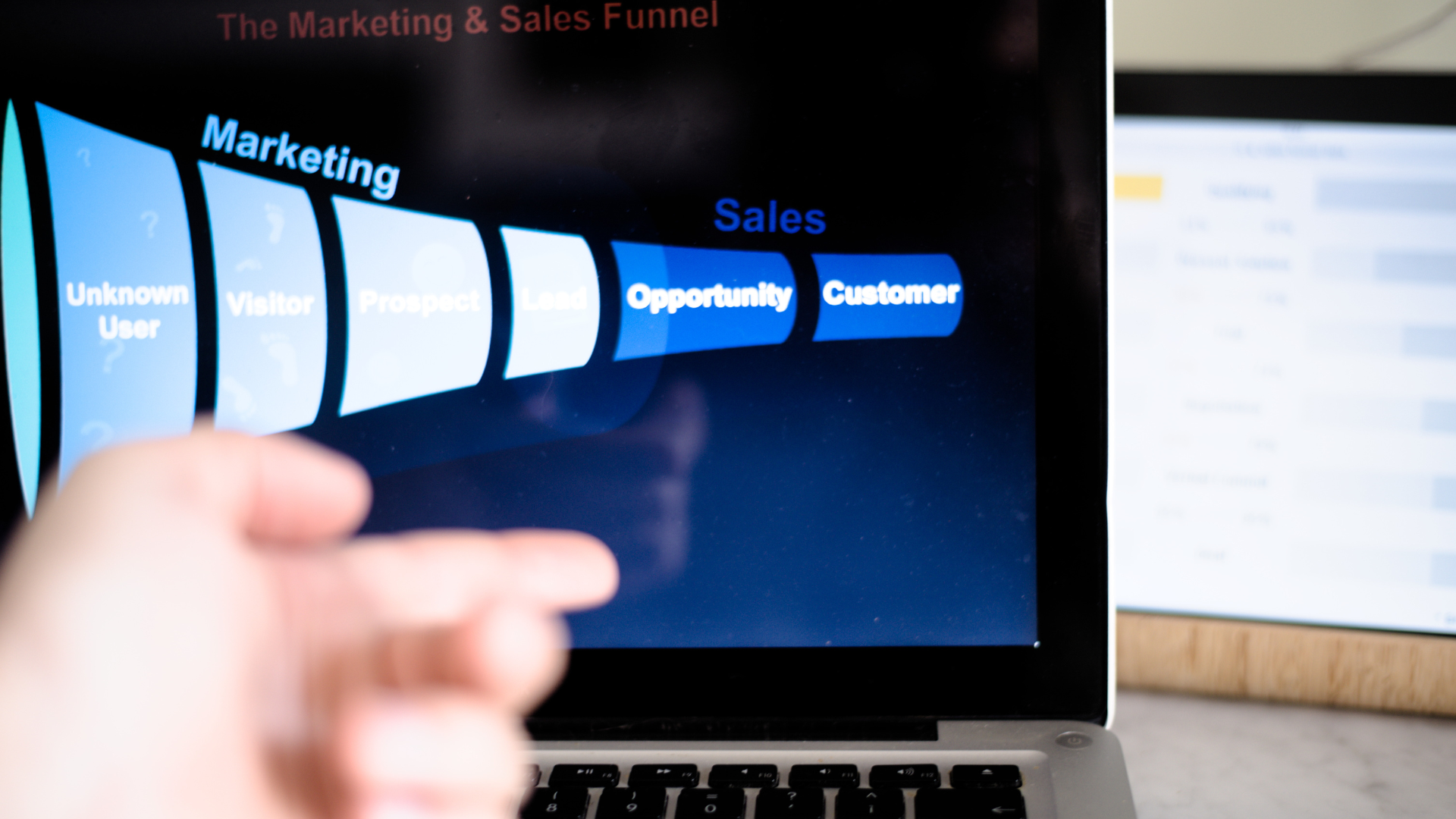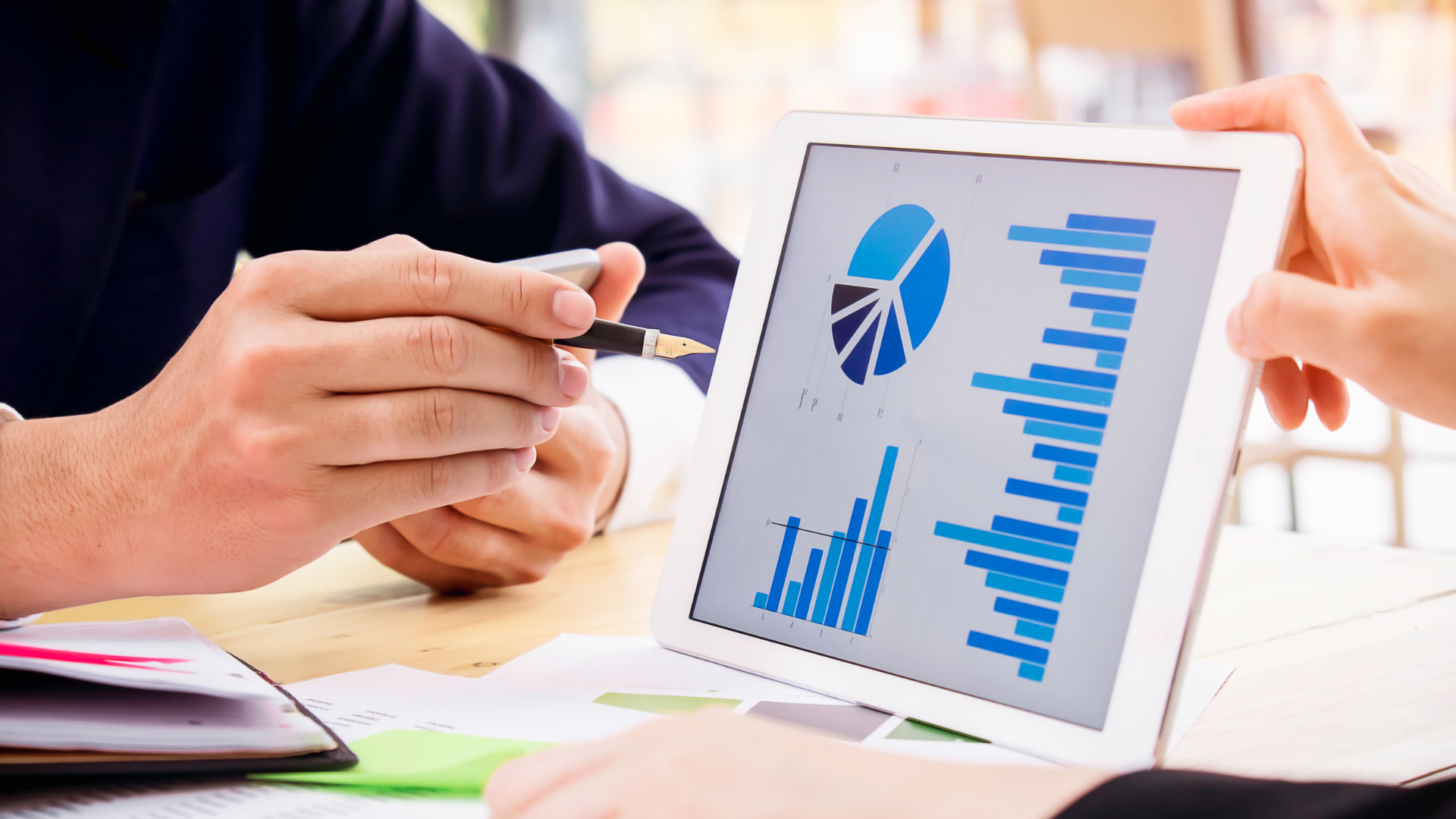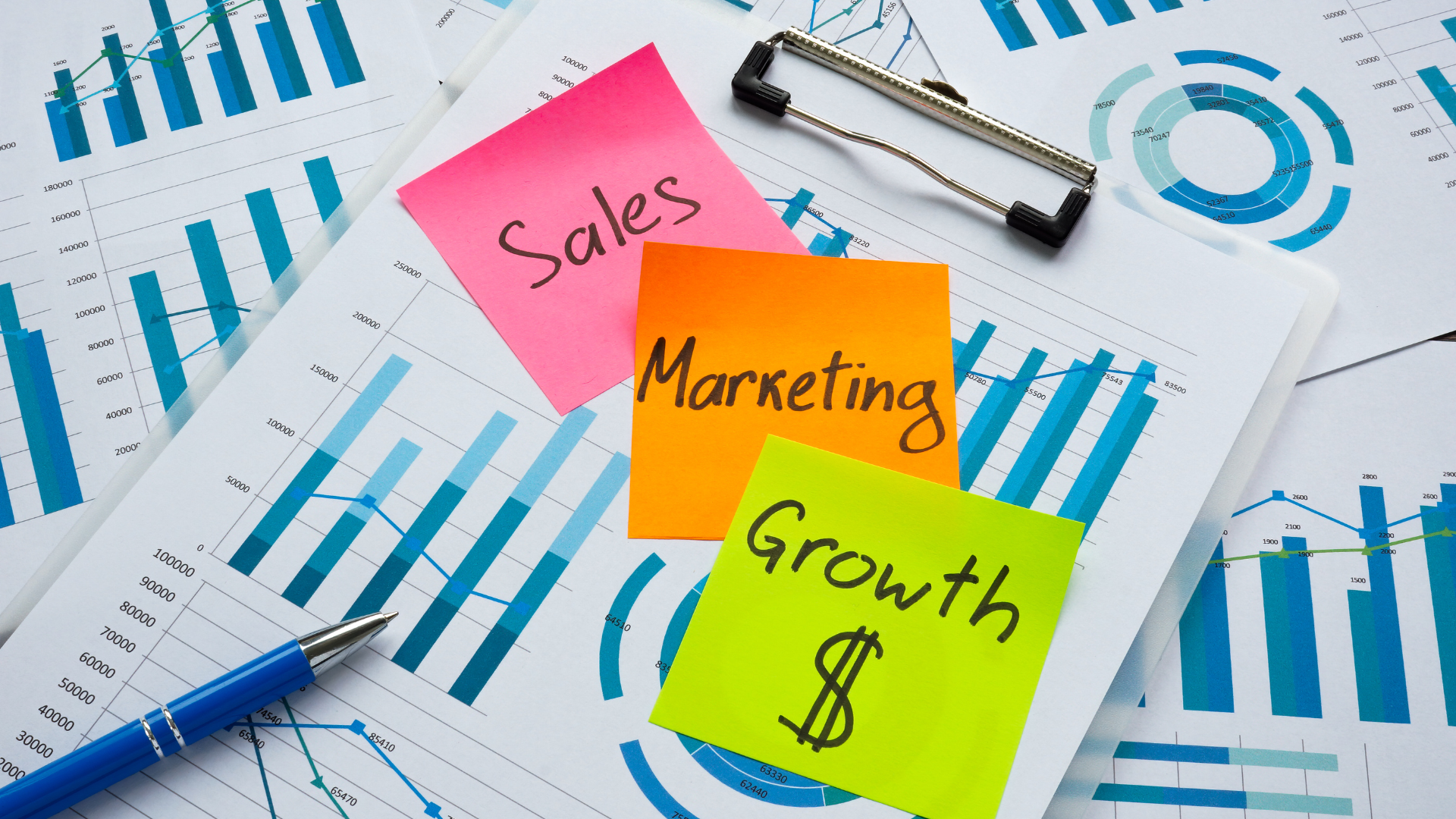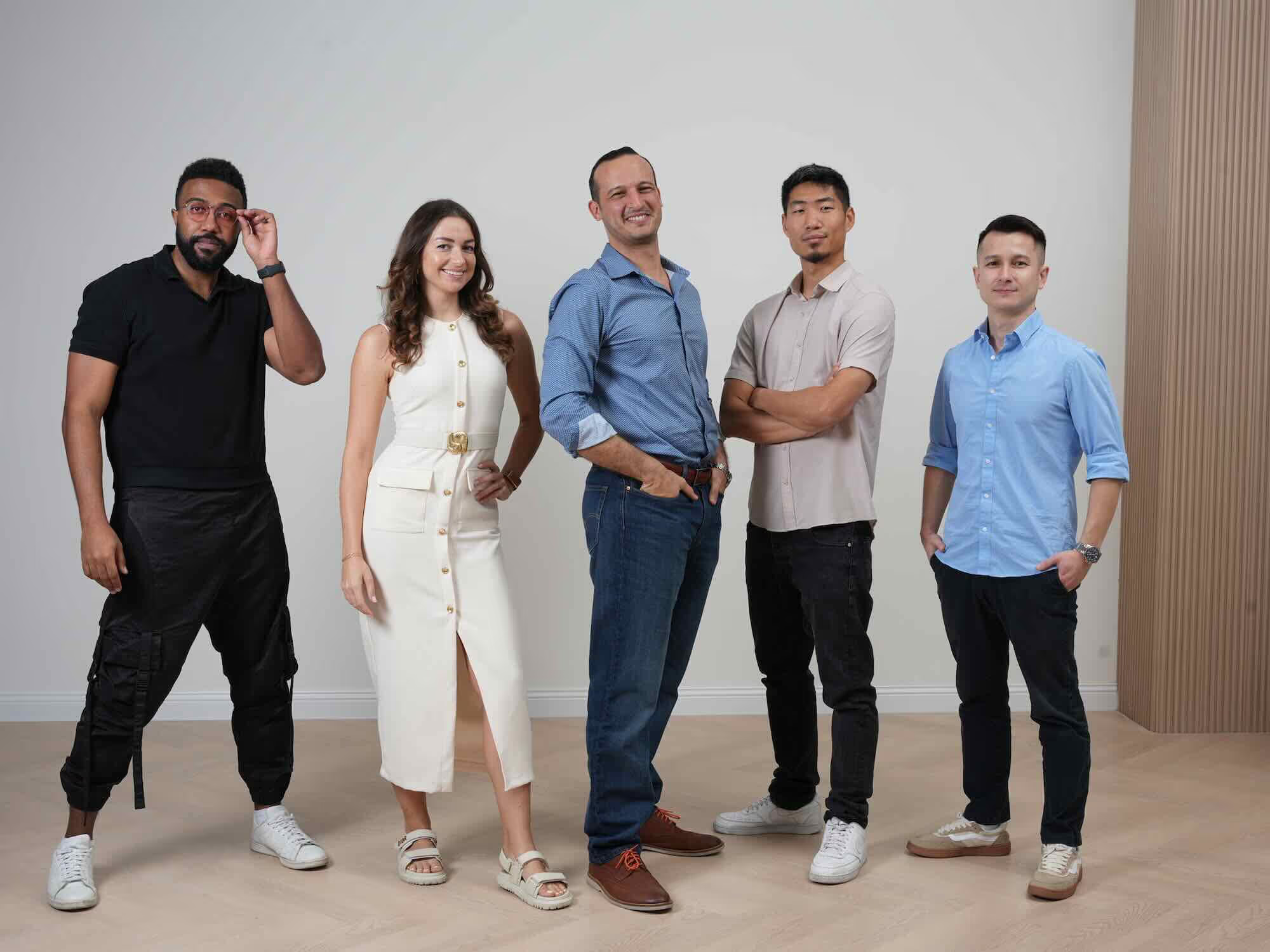
Conversion Funnel Optimization: Turning Browsers into Buyers
The internet is crowded with ads, social posts, and campaigns all competing for attention. Brands spend heavily on generating traffic, but clicks alone don’t pay the bills. What matters is what happens after someone lands on your site. Do they bounce, or do they take the action you want?
That’s where conversion funnel optimization comes in. It’s the discipline of guiding prospective customers step by step until they become paying customers. Done well, it transforms website visitors from passive readers into loyal advocates. Done poorly, it leaves you with wasted traffic and missed revenue.

Think of your funnel as more than a diagram on a whiteboard. It’s the engine of your digital marketing strategy. Every landing page, email, and ad either nudges people closer to conversion or lets them slip away.
Optimizing your funnel means tightening the process, addressing user pain points, and creating a path that feels natural instead of forced.
This guide breaks down everything you need to know: what a conversion funnel is, how it works, why it matters, and practical ways to make yours more effective.
Whether you’re a marketing team looking for higher conversion rates or a founder trying to squeeze more ROI from existing traffic, you’ll find strategies you can put into action.
What is a Conversion Funnel?
A conversion funnel is the structured path users follow from their very first interaction with your brand to the final conversion. That conversion could be almost anything: making a purchase, booking a demo, signing up for a newsletter, or downloading a free guide.
The key is that it represents the desired action you want visitors to take.
It’s called a funnel for a reason. At the top, you attract a broad set of potential customers. As they move through different stages, some drop off, leaving a smaller but more qualified group who reach the bottom.
The goal is not just to pour more people in at the top, but to optimize each stage so more conversions actually happen.
Here’s where many businesses get it wrong. They assume all funnels are the same, or they confuse the conversion funnel with related concepts like the sales funnel or customer journey. They’re close cousins, but not identical.
- The conversion funnel is focused on leading people to one specific goal, like signing up or purchasing.
- The sales funnel zooms in on revenue-driven steps that turn prospects into paying customers.
- The marketing funnel takes a wider view, including brand awareness, customer retention, and everything in between.
A well optimized conversion funnel doesn’t exist in isolation. It sits inside your broader digital marketing strategy, supported by content, campaigns, and sales efforts. Think of it like a GPS.
The customer journey is the entire map, while the conversion funnel is the turn by turn route that gets someone to a destination.
For example, a UAE ecommerce business may run TikTok ads during Dubai Shopping Festival to build awareness, nurture interest through product reviews on its landing page, and guide users to purchase with a limited-time AED discount. Optimizing this funnel means A/B testing different checkout flows, tracking user behavior with heatmaps, and analyzing user feedback to see where visitors drop off. These practical steps give marketing managers actionable insights instead of just theory.
In practice, this means every touchpoint, from product pages to email sequences, plays a role. If even one step feels unclear, overwhelming, or irrelevant, prospective customers are likely to abandon the process. Your job is to remove friction and keep the path smooth so the funnel does what it was designed to do: generate more conversions.
The Stages of a Conversion Funnel

Every successful conversion funnel is built on a series of predictable stages. Prospective customers rarely arrive on your site ready to buy immediately. Instead, they go through a process of discovery, evaluation, and decision making.
The classic model for this is AIDA: Awareness, Interest, Desire, and Action. For long-term growth, you also need to include a fifth stage, Loyalty.
Understanding these stages is essential for crafting marketing messages, creating content, and designing touchpoints that guide people naturally toward conversion.
1. Awareness
At the top of the funnel, your goal is to grab attention. Website visitors in this stage may not know much about your product or service. In fact, many are just becoming aware they even have a problem that needs solving.
Content that works well here includes blog posts, social media posts, videos, and checklists that answer common questions. Ads can also spark curiosity if they focus on educating instead of pushing for a sale. The goal is to position your brand as helpful, trustworthy, and worth paying attention to.
Success here is measured in traffic and reach. You are planting seeds, not harvesting crops.
2. Interest
Once someone is aware of your brand, the next step is to nurture their interest. At this stage, people are comparing options and evaluating whether your product or service could be the right fit.
Educational resources, product comparisons, and webinars shine here. Landing pages should highlight your unique value proposition without overwhelming the visitor. Email campaigns can reinforce credibility by offering valuable insights tailored to user pain points.
Your objective is to turn casual website visitors into qualified leads. Watch metrics like time on site, downloads, and click-through rates to gauge how well you are capturing interest.
Optimization approach: Test headlines, visuals, or offers with A/B testing to learn what keeps users engaged. For instance, an F&B brand in Dubai might test a Ramadan family meal promotion against a coffee subscription offer. Tracking user behavior reveals which resonates with the target audience.
3. Desire
Interest evolves into desire when people begin to picture themselves using your product. They are not just curious anymore, they are emotionally engaged.
This is the time to showcase benefits through case studies, customer testimonials, and clear product demonstrations. Promotions or free trials can create urgency. Personalized campaigns make users feel like you are speaking directly to their needs.
According to Nielsen, 92% of consumers trust recommendations from people they know, and testimonials or reviews can lift conversions by as much as 34%.
The more you can connect your product to their pain points, the closer you move them to conversion.
Optimization tip: Add testimonials and ratings directly on product and checkout pages instead of hiding them on a separate section. Then run heatmap testing with tools like Hotjar or Microsoft Clarity to ensure visitors see and interact with these trust signals before completing a purchase.
4. Action
The bottom of the funnel is where decisions are made. Here, prospective customers commit to the desired action. That could be making a purchase, completing a signup form, or starting a trial.
Friction is the enemy in this stage. Streamline the checkout process, minimize form fields, and provide trust elements like reviews, guarantees, and security badges. Calls to action should be clear and compelling.
Place clear calls-to-action (CTAs), security badges, and guarantees close to the purchase button. According to Baymard Institute, 17% of abandoned carts happen because shoppers don’t trust websites with their credit card information. In the UAE, highlighting options like Cash on Delivery or Tabby/Tamara installment plans can also improve trust at checkout.
Metrics to watch include conversion rates, average order value, and the number of completed signups.
Optimization tip: Run A/B testing on your checkout page layout, payment options, and CTA button wording. Even small changes, like switching “Submit” to “Book Now” or “Complete Order,” can lift conversions. Tools like VWO or Optimizely help validate these adjustments with data instead of guesswork.
5. Loyalty
Conversion is not the end. A well optimized funnel includes a loyalty stage where you re-engage satisfied customers and turn them into advocates.
Loyalty programs, referral incentives, and personalized thank you emails strengthen the relationship. Communities and follow-up content keep your brand top of mind.
Repeat customers are the backbone of sustainable growth. They are also more likely to recommend you, creating a cycle of new awareness that feeds back into the funnel.
Optimization tip:
Track metrics like repeat purchase rate and customer lifetime value (CLV) using platforms such as GA4 or HubSpot. Segment your customers by repeat behavior and send them tailored offers like exclusive Ramadan or Dubai Shopping Festival perks. These moves help convert one-time buyers into long-term advocates, and dramatically boost ROI.
Why Optimizing Your Conversion Funnel is Essential
A funnel that simply exists is not enough. To get real business results, you need to refine, measure, and continuously improve it. Funnel optimization ensures that you are not just driving traffic, but actually converting that traffic into revenue.
More Conversions
Optimizing your funnel leads directly to higher conversion rates. Every step you refine reduces friction, answers questions, and keeps people moving toward action. The result is more conversions from the same amount of website traffic.
Higher Revenue
Improved conversion rates mean improved revenue. More paying customers bring in more sales, subscriptions, or leads without requiring you to constantly increase ad spend. For SaaS companies, this also extends customer lifetime value by improving retention.
Stronger ROI
Instead of spending more on marketing efforts to drive additional visitors, optimization helps you maximize the value of your existing traffic. Your marketing budget goes further when every dollar spent results in a higher return.
Better Customer Experience
When visitors interact with a smooth, intuitive funnel, they enjoy the process. The easier it is for them to complete the conversion process, the more positive their impression of your brand. This leads to repeat purchases and long-term loyalty.
Data Driven Decisions
Funnel optimization forces you to look at user behavior instead of making assumptions. With analytics in place, you can identify where drop-offs occur and take targeted action to fix them. No more guesswork, just measurable improvements.
Alignment Across Teams
Conversion funnels are not just the responsibility of the marketing team. Sales efforts, product design, and customer service all contribute. Optimizing your funnel provides a common framework that aligns sales and marketing teams around shared goals.
In short, funnel optimization is not optional. It is the difference between a leaky process that wastes opportunities and a well engineered system that consistently delivers results.
How to Analyze Your Conversion Funnel

Before you can optimize your funnel, you need to understand how it currently performs. Funnel analysis is the process of mapping the journey, tracking user behavior, and identifying where drop-offs occur. Think of it as detective work that uncovers why prospective customers are not converting.
Map the Customer Journey
Start by outlining the different stages of your funnel and the touchpoints users encounter. This could include landing pages, product pages, forms, or checkout flows. Knowing the entire funnel makes it easier to identify weak links. In sectors like real estate, for example, a funnel could start with a Facebook ad for a new development and end with a lead form submission.
Define Conversion Events
Every funnel should have clearly defined macro and micro conversion events. A macro conversion might be a purchase. A micro conversion could be subscribing to a newsletter or downloading a guide. Tracking both provides valuable insights into how people move through the funnel.
Track User Behavior
Tools like Google Analytics, heatmaps, and session recordings reveal how users navigate your site. Do they scroll past important information? Do they abandon the cart at checkout? Tracking these behaviors shows where you need to intervene.
Segment Your Audience
Not all users behave the same way. Segmenting them by traffic source, device, or engagement level helps you understand which groups move smoothly through the funnel and which ones struggle. This gives you clues about where to focus your optimization efforts.
Use Feedback
Analytics tell you what is happening, but user feedback tells you why. Surveys, interviews, and on-page feedback widgets reveal pain points you might not see in the data alone. When you analyze user feedback alongside behavioral data, you get a complete picture.
Visualize the Funnel
Dedicated funnel analysis tools make it easy to visualize drop-off points. A chart showing how many people move from awareness to interest to action can quickly highlight where the biggest leaks occur.
Measure Key Metrics
Cost per acquisition, conversion rate, average order value, and engagement metrics all help you gauge the funnel’s effectiveness. Monitoring these numbers over time tells you whether your optimization efforts are working.
Analyzing your funnel is not a one-time project. It should be a regular practice for your sales and marketing team. The more you track, measure, and learn, the easier it becomes to make informed decisions that lead to more conversions.
Strategies to Optimize Each Stage of the Funnel
Now that you understand how a funnel works and how to analyze it, the real work begins. Optimization is about removing friction, addressing user pain points, and creating a journey that feels natural. Each stage of the funnel has its own set of best practices, and working with a conversion rate optimization agency can help you identify gaps and scale improvements faster.
General Best Practices
Before diving into the specific stages, there are a few universal principles.
- Set clear KPIs for every step of the funnel so you can measure success.
- Audit your funnel regularly to find weak points and improve them.
- Focus on high impact areas first instead of trying to fix everything at once.
- Keep navigation simple so users can easily find product pages and checkout paths.
- Design each stage with a single goal in mind.
- Test continuously with A/B testing to learn what works and what does not.
- Ensure pages load quickly; slow websites lose conversions. Research shows a 1-second delay in page load can reduce conversions by 7%.
Awareness: Capture Attention
At the top of the funnel, your job is to introduce your brand and attract prospective customers. Content is key here. Create blog posts, videos, and social media posts that educate and entertain. Answer common questions and establish your brand as a credible resource.
Paid ads can also build awareness, but they need to feel helpful, not pushy. Measure success through website traffic, impressions, and reach.
Interest: Nurture Leads
Once you have attention, you need to spark genuine interest. Provide guides, case studies, and webinars that go deeper. Use email campaigns to nurture leads with personalized content. Landing pages should highlight your unique value proposition and be free from distractions.
Here, your goal is to turn visitors into qualified leads. Keep an eye on downloads, signups, and click-through rates.
Desire: Create Emotional Connection
At this stage, people are considering your product or service seriously. Show them why it is the right fit. Use testimonials, reviews, and demonstration videos to prove value. Limited time offers or free trials can add urgency.
Your content should highlight both the practical and emotional benefits of choosing you.
Action: Simplify the Final Step
This is where conversions happen. The last thing you want is to lose someone because of a clunky checkout process or a confusing form. Reduce the number of form fields, ensure your site is mobile friendly, and make payment options quick and secure.
Calls to action should be bold and clear. Trust elements like security badges and guarantees can ease hesitation.
Loyalty: Keep Them Coming Back
A successful conversion funnel does not end at purchase. Use personalized thank you emails, loyalty programs, and referral incentives to encourage repeat business. Build communities where customers can connect with you and each other.
Measure retention rates, repeat purchases, and customer lifetime value to track success.
Tools for Conversion Funnel Optimization

Having the right tools makes funnel optimization easier and more effective. These tools help you track user behavior, run experiments, and automate tasks.
A/B Testing Tools
A/B testing is one of the most powerful ways to learn what drives conversions. Tools like Unbounce, VWO, and Optimizely allow you to test variations of landing pages, emails, or calls to action. Userpilot also makes it easy to run tests on flows and measure results quickly.
Heatmaps and Session Recordings
Heatmaps show where users click, scroll, or ignore. Session recordings let you watch how real visitors interact with your site. Hotjar, Microsoft Clarity, UXCam, and Mouseflow are popular choices. They reveal user behavior that analytics alone cannot explain.
Analytics Platforms
Google Analytics is the standard for tracking traffic and conversions. GA4 in particular gives deeper insight into the entire funnel. For more advanced tracking, tools like Fullstory, Mixpanel, and Amplitude help visualize funnels and identify drop-offs.
Landing Page Builders
Optimizing your landing page is easier with dedicated builders. Unbounce and Instapage provide templates, drag-and-drop editors, and built-in testing features to help you design pages that convert.
Marketing Automation
Platforms like HubSpot, Bloomreach, and ActiveCampaign allow you to nurture leads with personalized campaigns. Automated email sequences and targeted ads keep prospective customers engaged without adding manual work for your marketing team.
Social and Paid Media Tools
Since the awareness stage often starts on social platforms, management tools like Hootsuite or Buffer can help you stay consistent. For paid campaigns, Google Ads and Meta Ads Manager give you targeting precision and data on what brings the most qualified leads.
The right mix of tools depends on your funnel goals and resources, but investing in technology is essential if you want to optimize at scale.
Overcoming Common Funnel Challenges
Even well designed funnels face roadblocks. Recognizing common issues and knowing how to fix them separates good funnels from great ones.
Misalignment Between Sales and Marketing
When sales and marketing teams are not aligned, leads slip through the cracks. Marketing might deliver leads that sales does not know how to nurture, or sales may need content that marketing has not created. The solution is to set shared goals, maintain open feedback loops, and collaborate on strategy.
Low Conversion Rates
If few visitors reach the final conversion, your funnel may not be addressing user pain points or your value proposition may be unclear. Conduct market research, refine buyer personas, and adjust your messaging to speak directly to the target audience.
High Churn
Getting conversions is only part of the battle. If customers do not stick around, you are constantly refilling a leaky bucket. Measure churn rates, ask for feedback, and introduce retention programs like loyalty rewards or exclusive content. Delivering on promises is the best way to keep satisfied customers.
Limited Resources
Small teams or tight budgets often struggle to manage the entire funnel. The key is to prioritize. Focus on the stages where improvements will have the biggest impact. Automation tools can also reduce the workload and help you scale without expanding headcount.
Rapid Market Changes
Algorithms, consumer behavior, and competitors evolve quickly. What works today might not work tomorrow. Stay updated on trends, keep testing, and focus on strategies that deliver value across platforms. Agility is critical for staying ahead.
Skill Gaps
Sometimes the challenge is internal. If your team lacks expertise in analytics, design, or testing, results will suffer. Invest in training, hire for critical roles, or outsource specialized tasks. A team equipped with the right skills can execute funnel optimization far more effectively.
Optimization Tip:
- Invest in training or certifications for your team.
- Partner with a Dubai-based agency like AlCaz Media for localized expertise.
- Use external consultants for specialized areas like UX testing.
Challenges are part of the process. What matters is building the habit of diagnosing problems and adjusting quickly. A successful conversion funnel is never static, it evolves with your customers and your market.
Building a Successful Conversion Funnel

We have covered a lot of ground, from defining what a conversion funnel is to breaking down its stages, exploring why optimization matters, analyzing user behavior, applying strategies, choosing the right tools, and overcoming common challenges.
The big picture is clear. A conversion funnel is not just a diagram or theory, it is the framework that turns prospective customers into paying customers and satisfied advocates.
A successful conversion funnel is never static. Markets shift, user behavior changes, and digital platforms evolve constantly. Treat your funnel as a living system that needs regular attention.
Review analytics often, listen to user feedback, and run continuous tests. Small refinements made consistently add up to significant improvements over time.
The path to optimization starts with understanding your target audience. Speak to their pain points with clarity. Guide them through the different stages with content that feels helpful and timely.
Simplify the conversion process so the final action is easy to complete. And once they become customers, focus on loyalty to keep them coming back.
Remember that funnel optimization is not about pushing people harder, it is about making the journey smoother. When the experience is seamless, visitors interact with your brand more confidently and are more likely to take the desired action. That means more conversions, stronger customer relationships, and better results for your business.
Your job now is to put these principles into practice. Audit your current funnel, identify one area to improve, and take action. Then repeat the process. Each improvement builds momentum.
Over time, you will create a well optimized conversion funnel that does more than generate sales. It builds trust, nurtures loyalty, and fuels long term growth.
The opportunity is clear: businesses that focus on funnel optimization will consistently outperform those chasing traffic alone. If you are ready to turn browsers into buyers, explore our conversion rate optimization services and see how AlCaz Media can help you drive sustainable growth.



















